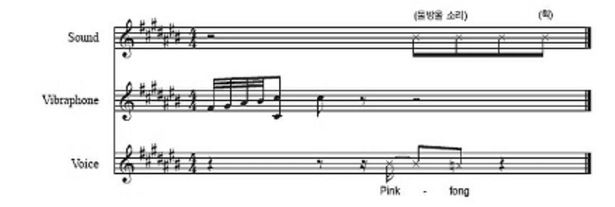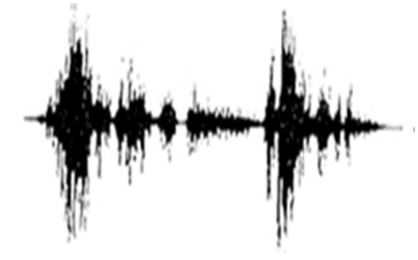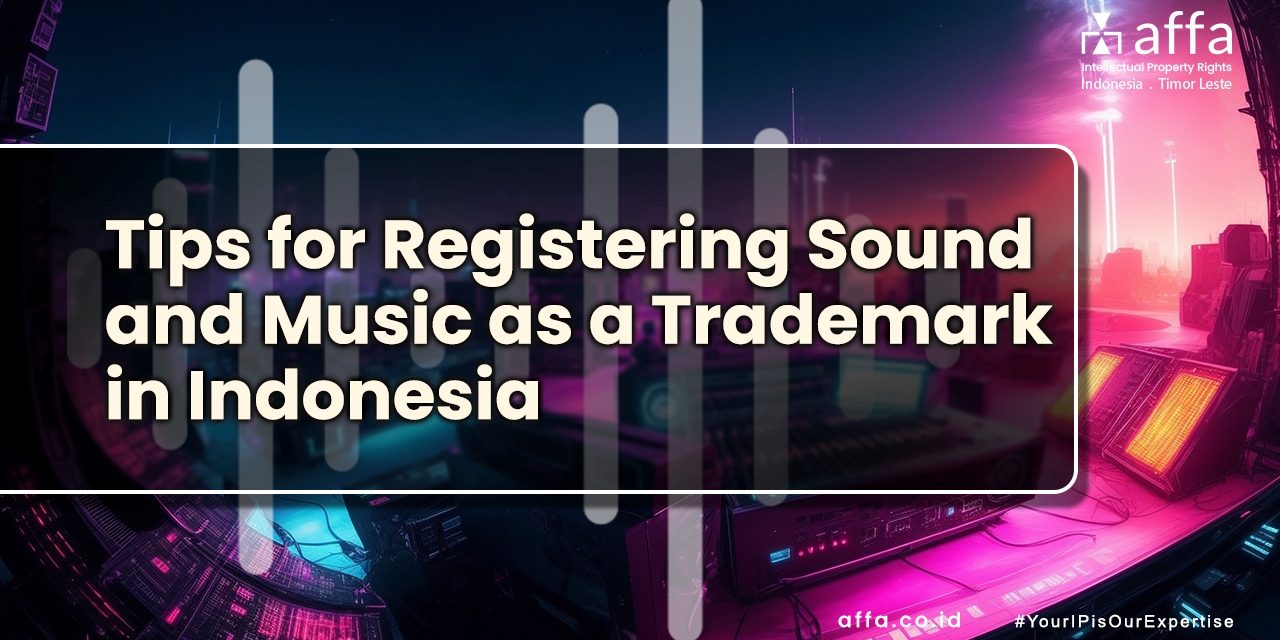Tips for Registering Sound and Music as a Trademark in Indonesia
In line with the development of the need for Trademark protection following the increasingly rapid dynamics of the world of trade and technological advances, since 2008, member countries of the World Intellectual Property Organization (WIPO) have recognized the existence of ‘New Types of Marks,’ which has resulted in the division Trademarks are divided into two types, namely Visible and Non-Visible Trademarks.
Visible Trademarks include 3-dimensional Marks, Color Marks, Holograms, Slogans, Film and Book Titles, Motion or Multimedia Signs, Position Marks, and Gesture Marks. Meanwhile, Non-Visible Trademarks can be perceived through senses other than the eyes. For example, Sound Marks that the ear can recognize, Olfactory Marks that the nose can smell, Taste Marks that the tongue can taste, and Texture or Feel Marks that the skin can feel.
Legal Basis for Sound Marks in Indonesia
Indonesia recognizes the existence of Non-Traditional Marks through the elaboration of the definition of Trademarks as stated in Article 1 Number 1 of Law Number 20 of 2016 concerning Marks and Geographical Indications (Trademark Law), as follows:
A Trademark is a sign that can be displayed graphically in the form of an image, logo, name, word, letter, number, or color arrangement in 2 (two) dimensions and/or 3 (three) dimensions, sound, hologram, or a combination of 2 (two) or more of these elements to differentiate goods and/or services produced by individuals or legal entities in goods and/or services trading activities.
For a Sound Mark to be registered, Article 4 Trademark Law and Article 3 of the Ministry of Law and Human Rights Regulation No. 67/2016 require an attachment that shows the characteristics of the Mark, and for Sound Marks, what needs to be attached is a notation and sound recording. However, if the Sound Mark cannot be displayed in the notational form, the attachment should be a sonogram.
Types of Sound Marks:
1. Sung/ Spoken Verbal Elements
For example, the sound “Auo-uo” was shouted by Tarzan.
2. Musical Elements
For example, the music that appears every time we turn on the PC/Laptop with the Windows operating system.
3. True-to-life Sounds
For example, the sound of a lion roaring at the same time as the Metro Goldwyn Mayer logo appears before the film starts.
4. Other Sounds
For example, the roar of a Harley Davidson motorbike engine that has just been started.
So, how do we register them as Trademarks? Here are the tips:
1. Attach Your Graphic Representation
Notations and sonograms displayed visually can differentiate between one Sound Mark and another.
-
-
- Example of Notation of a Sound Mark
-

-
-
- Example of Sonogram of a Sound Mark
-

2. Attach a Notation with a Clear Description
-
-
- Notation of a Sound Mark without Verbal Element
-

Description:
“The Sound Mark consists of a five-note melody in the key of C. This melody consists of one-eighth C notes, one-eighth E notes, one-eighth D notes, one-sixteenth B notes, one-sixteenth C notes joined by one and a half C notes.”
-
-
- Notation of a Sound Mark with Verbal Element
-

Description:
“The Sound Mark consists of the word “HISAMITSU” and the sound of four musical notes: E, A, E, and F. The first three notes are eighth, and the last are eighth and half.”
3. For Sung/Spoken Marks, Verbal Elements Have a Big Influence on Examination
What is meant by Verbal Elements is the voice that is uttered, as in the example of the HISAMITSU Mark above.
-
-
- If the words spoken are very different, then the sound can be considered to have great differentiating power. However, suppose two different Verbal Elements (HISAMITSU vs WECANSEEYOU) are notated the same. In that case, HI-SA-MIT-SU is performed like WE-CAN-SEE-YOU; it is not considered a different Sound Mark.
-
-
-
- If the Verbal Elements are the same but accompanied by Non-Verbal Elements, such as different musical sounds, then the differentiating value is still there, but not as big as if the Verbal Elements are entirely different.
-
4. For Sound Marks with Musical Elements, Different Melodies Have a Big Influence on Examination
If the Sound Mark application for registration only contains Musical Elements, the distinguishing value is the different melody. The more diverse, the better, compared with the differences only being other musical instruments, tempos, and rhythms.
5. For True-to-life Sounds, Differentiating Power is Examined by Different Types, Tempos, and Rhythms.
If the Sound Mark is a true-to-life sound, such as Metro Goldwyn Mayer’s lion roar, then to differentiate it, the sound of another lion’s roar must have a different tempo, rhythm, and sound level. For example, a lion’s voice, such as screaming or crying at a slower tempo, can have differentiating power.
So, what kind of Sound Mark do you want to register to support your business so that it becomes more visible and has differentiating power in the market? Make sure you can fulfill all the criteria above.
If you have questions or need other information about the Voice Mark in Indonesia or abroad, including checking whether the Mark you want to register has been previously registered by another party, please don’t hesitate to contact us via [email protected].
Source:
- Directorate General of Intellectual Property








1 Comment